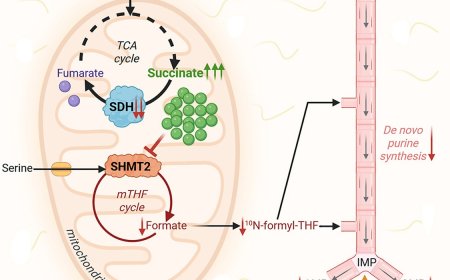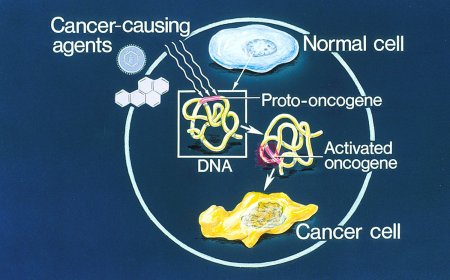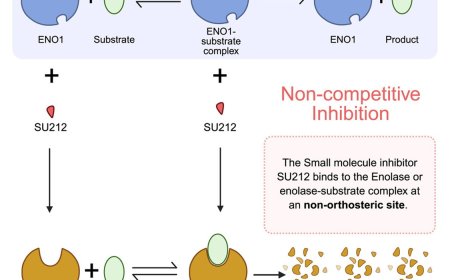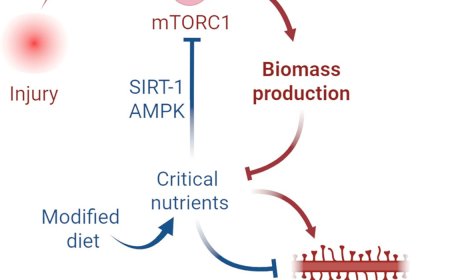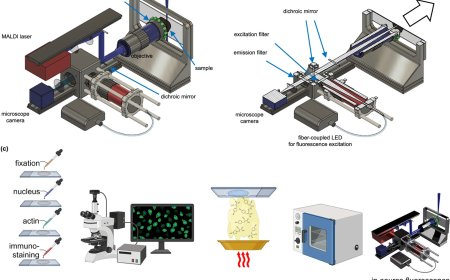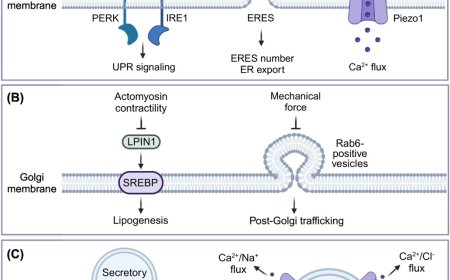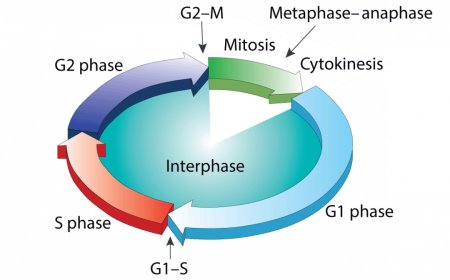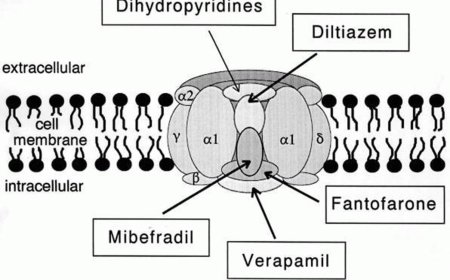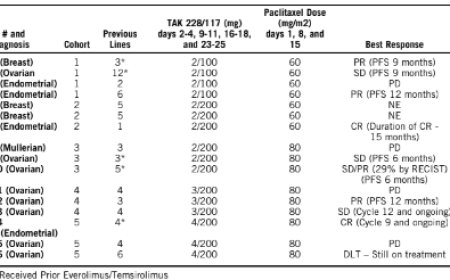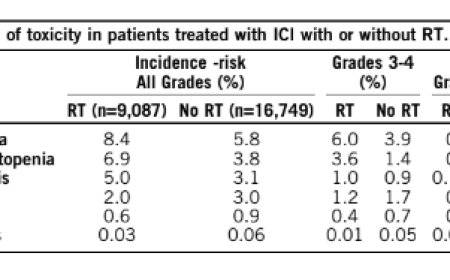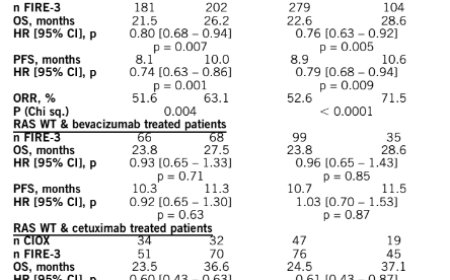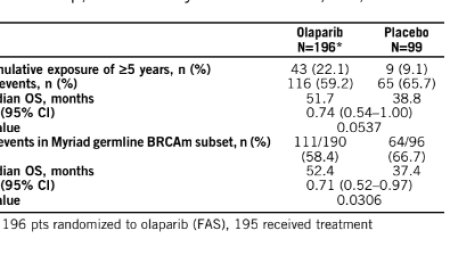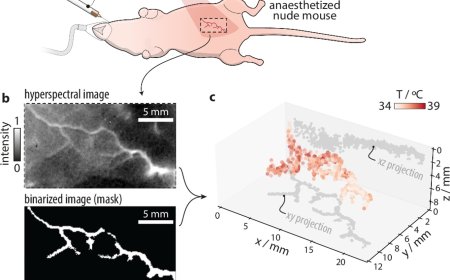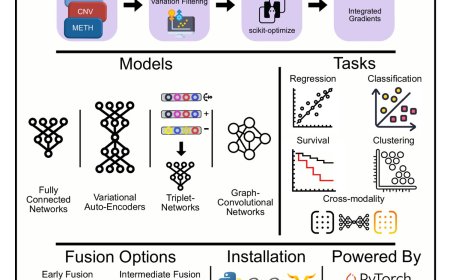How Type III CRISPR-Cas systems defend against viral infection?

Every living creature on Earth needs to protect itself from things that would do it harm. Bacteria are no different. And despite their relative simplicity, they deploy remarkably savvy defensive strategies against viral invaders. The most well-known is CRISPR-Cas9, adapted for human use as the first FDA-approved genetic editing technique.
In the past year, researchers have been studying key immune components of some CRISPR systems called CARF effectors. These newly discovered weapons take different approaches to achieving the same goal: arresting cellular activity, which prevents a virus from spreading through the rest of the bacterial population.
In a recent publication in Science, the scientists announce the newest CARF effector they’ve discovered, which they coined Cat1. Thanks to an unusually complex molecular structure, this protein can deplete a metabolite essential for cellular function. Left without fuel, the viral invader’s plans for a further onslaught are brought to a grinding halt.
CRISPR is a mechanism in the adaptive immune systems of bacteria and other certain single-cell organisms that offers protection against viruses, called phages. The six types of CRISPR systems work roughly the same way: A CRISPR RNA identifies foreign genetic code, which triggers a cas enzyme to mediate an immune response, often snipping off the invader material.
For the current study, the researchers wanted to try to identify additional CARF effectors. They used Foldseek, a powerful structural homology search tool, to find Cat1.
They found that Cat1 is alerted to the presence of a virus by the binding of secondary messenger molecules called cyclic tetra-adenylate, or cA4, which stimulate the enzyme to cleave an essential metabolite in the cell called NAD+.
“Once a sufficient amount of NAD+ is cleaved, the cell enters a growth-arrest state,” says co-first author. “With cellular function on pause, the phage can no longer propagate and spread to the rest of the bacterial population. In this way, Cat1 is similar to Cam1 and Cad1 in that they all provide population-level bacterial immunity.”
But while its immune strategy may be similar to these other CARF effectors, its form is not, as co-first author revealed through detailed structural analysis using cryo-EM.
They found that the Cat1 protein has a surprisingly complex structure in which Cat1 dimers are glued by cA4 signal molecule, forming long filaments upon viral infection, and trap the NAD+ metabolites within sticky molecular pockets. “Once the NAD+ metabolite is cleaved by Cat1 filaments, it’s not available for the cell to use,” the author explains.
But the protein’s singular structural complexity doesn’t stop there, the author adds. “The filaments interact with each other to form trigonal spiral bundles, and these bundles can then expand to form pentagonal spiral bundles,” the author says. The purpose of these structural components remains to be investigated.
Also unusual is the fact Cat1 often seems to work alone. “Normally in type III CRISPR systems, you have two activities that contribute to the immunity effect,” the author says. “However, most of the bacteria that encode Cat1 seem to primarily rely on Cat1 for their immunity effect.”
The author says these findings pose intriguing new questions. “While I think we’ve proven the big picture—that CARF effectors are great at preventing phage replication—we still have a lot to learn about the details of how they do it. It will be fascinating to see where this work leads us next.”
